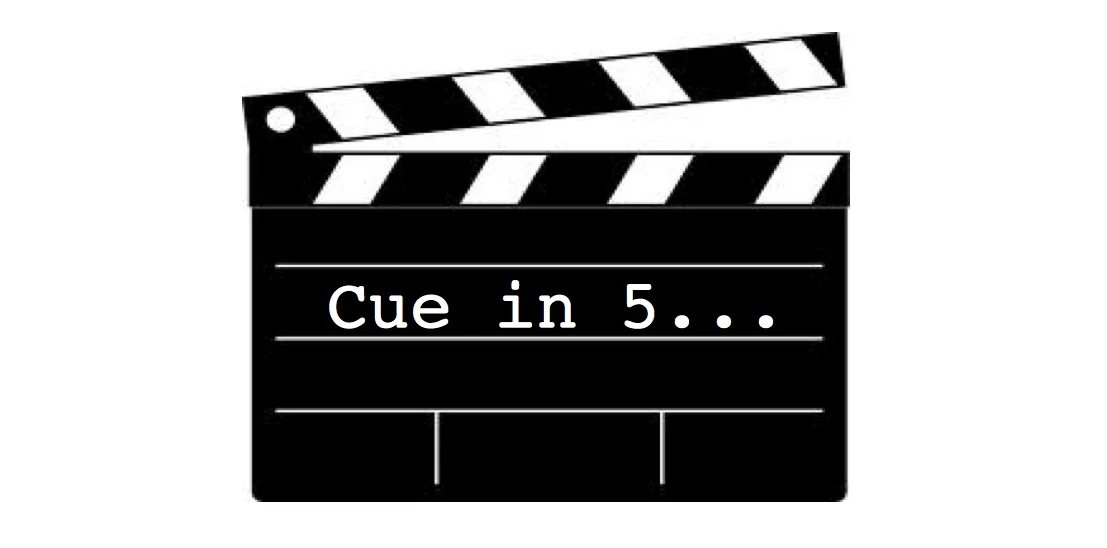What's Your Style?
While in grad school I took a great course taught by a fabulous professor, Communicating Between the Cultures. That course taught me more about how to communicate effectively in the workforce than all my experience working in Corporate America. The workplace has gotten more diverse, thus, with diversity comes varying communication styles.
I learned why I was often labeled as “standoffish” or “curt,” by some of my not so nice peers. After beating myself up over those labels, and finding ways to fix me, i.e., fit into “their” box, it wasn’t all me, rather, my cultural background (and race in some cases) played a role in communicating than, a peer from a different background and/or hue. Diversity is about learning the differences–as oppose to being critical of those differences–to make for better comprehension of why some of us think and act in manners which may be perplexing to others.
So…now that you know it ain’t all you maybe these will help in identifying your style and your peers (trust me it will help you communicate with them better lol)!
The Connector: Prefers working with people and in teams rather than working alone Connectors tend to gravitate to those careers/functions which most likely appreciate their skills: teaching, Human Resources, social work, arbitration, negotiation, team leaders, politics, customer service, therapy, pubic defense, fund development for non-profits. These are people who “grease the wheel,” getting people to work together across organizational silos, across departments, across differences.
The Driver: Prefers leading people toward task completion. Drivers tend to gravitate into operations production, journalism, emergency teams, any function where deadlines are critical (i.e., publication, news broadcasting), any function where the product has to get out the door by a specified time, cost, specification. The prototypical American entrepreneur is often a Driver.
The Planner: Prefer working independently on tasks and projects
Planners tend to gravitate into engineering, accounting, estate planning, CPA, analyst, scientist, computer programming, tax law, research, librarian. Their primary challenge is moving from being a functional expert into management: leaving the functional component of their job that they love, and taking on the people-management aspect which they would rather avoid.
The Seeker: Prefer leading people in new ventures
Seekers gravitate into sales, public relations, acting and broadcasting, marketing, courtroom law. Many of our modern CEOs are seekers, creating a vision for their organization and motivating others to follow that vision. Many of our top government officials and policy makers are seekers.
Styles courtesy of © Mary Shapiro, Simmons School of Management, Boston, MA





